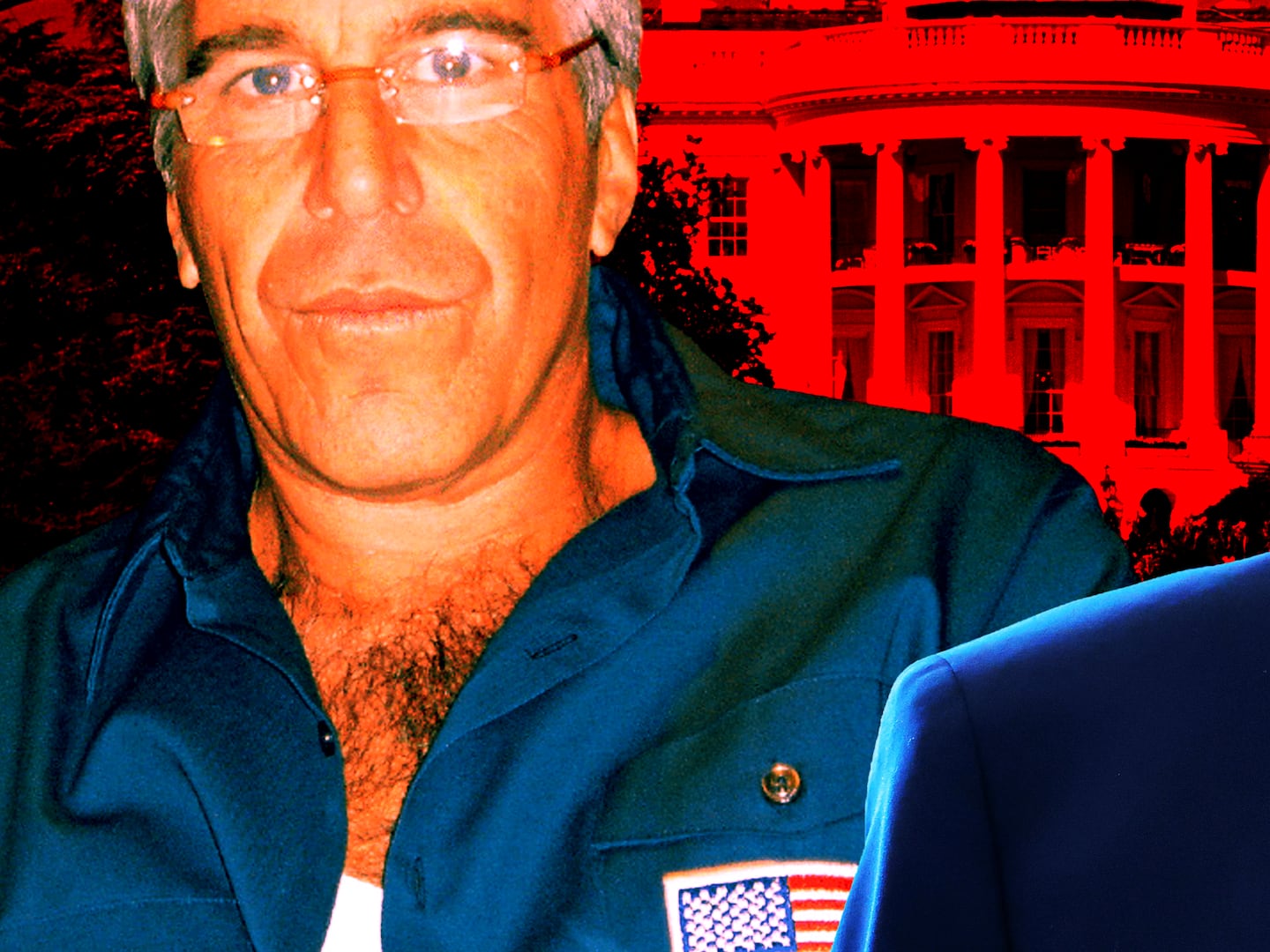After dropping hints a couple of weeks ago, William Shatner confirmed Monday that he is heading up into space on Oct. 12 on Blue Origin’s New Shepard rocket—making him, at the age of 90, the oldest person to ever go into space.
Shatner has the spunk of a man decades younger—he was doling out insults on Twitter right after the announcement—but traveling into space comes with some physical stress. So even if Shatner is in great shape for his advanced age, is it truly safe for him to leave the planet?
New Shepard flights aren’t your classic journey into space—they are “suborbital” flights that take you below the threshold where one starts to orbit the Earth. These missions shoot up to only about 66 miles high. Passengers spend only a few minutes in weightlessness (though the view of Earth is unparalleled), before the capsule heads back to Earth and parachute lands in the desert. It’s far from the journey into space that NASA astronauts have needed “the right stuff” to complete.
But while the risks are a lot lower than a typical journey into space, this is still no cakewalk. New Shepard passengers experience g-forces of up to 6 g vertically, with the brunt of pressure felt in their head and torso. That’s more than the average roller coaster, and it’s pretty well-documented that many people will feel tunnel vision and potential blackout at even 4 or 5 g vertically. The body starts to change and experience something radically different from what it is used to as soon as those rocket engines fire up.
Dr. Emmanuel Urquieta, a professor of space medicine at the Baylor College of Medicine in Texas, told The Daily Beast there are two major systems that undergo changes during spaceflight. The first is the cardiovascular system, because all the fluid in the body starts to shift around. Blood moves away from the legs and is pulled up into the cheek and neck. “You feel like your head has been flushed all of a sudden, like a massive sinus issue,” he said. For a short flight like the one Shatner is going on, there should be almost nothing beyond minor issues that come up, but it’s not easy to predict how some bodies will react.
The second is the sensory motor system. The biggest issue is likely motion sickness—without gravity to keep you upright and with the jostling and pressures on the body created by a super-fast journey into space, it’s easy for the body to lose its lunch. This is especially true when the spacecraft’s engines shut off suddenly and the crew suddenly stops accelerating through at g-forces.
Urquieta said that from a general perspective, these are the two systems doctors need to pay attention to for anyone going into space, “especially for an older population.” The risks of underlying conditions like heart arrhythmias or inner-ear problems go up with age.
At least from the outside, Urquieta doesn’t think there’s anything that would suggest Shatner has something to worry about. In public, Shatner seems about as healthy as a 90-year-old could be. A misdiagnosis of prostate cancer in 2016 was his most high-profile health scare.
Urquieta emphasized that all these new spaceflight companies like Blue Origin and Virgin Galactic have their own medical screening to ensure only healthy people are going up. “There’s no standardized medical criteria for screening spaceflight customers,” he said. “The Federal Aviation Administration just has general guidance that it issues.”
And ultimately, we just don’t have a lot of experience with older people going into space. Shatner will be eight years older than aviation pioneer Wally Funk, who went up into space along with Jeff Bezos in July, but she went up and came back without a single hiccup due to her age. “I loved every minute of it,” she told reporters after she came back to Earth. Before Funk, the oldest person to ever go into space was John Glenn, at age 77 in 1998.






